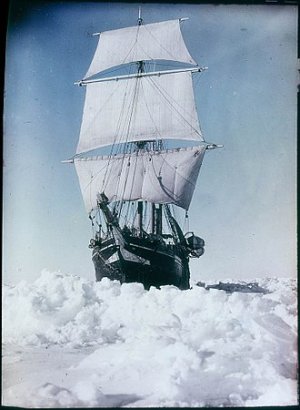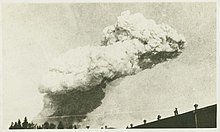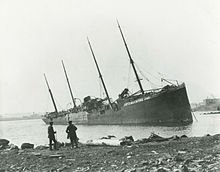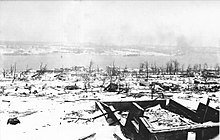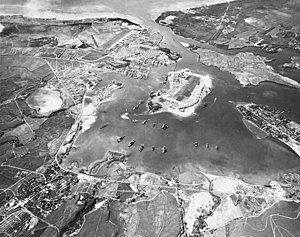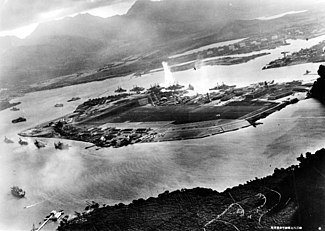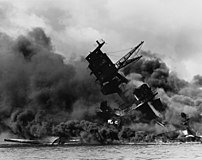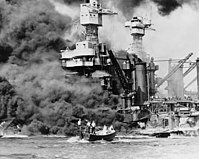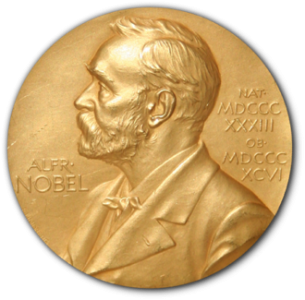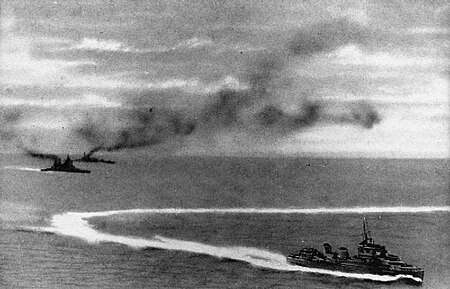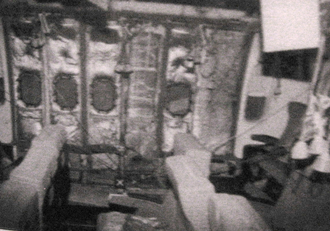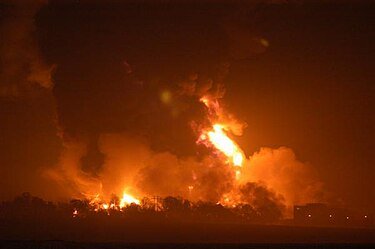darlowolf64
Supply Teacher & 2020/21 PTG Intertoto Cup winner
- Joined
- Jan 15, 2010
- Messages
- 30,875
- Reaction score
- 3,661
5th December
1945 – Flight 19, a group of TBF Avengers, disappears in the Bermuda Triangle.
Flight 19 was the designation of a group of five Avenger torpedo bombers that disappeared over the Bermuda Triangle on December 5, 1945, after losing contact during a United States Navy over-water navigation training flight from Naval Air Station Fort Lauderdale, Florida. All 14 Naval Aviators on the flight were lost, as were all 13 crew members of a Martin PBM Mariner flying boat that subsequently launched from Naval Air Station Banana River to search for Flight 19.
A report by Navy investigators concluded that flight leader Lt. Charles C. Taylor mistook small islands offshore for the Florida Keys after his compasses stopped working, resulting in the flight heading over open sea and away from land. The report was later amended by the Navy to read "cause unknown" to avoid blaming Taylor for the loss of five aircraft and 14 men. The report attributed the loss of the PBM aircraft to an explosion in mid-air while searching for the flight.
Flight 19 undertook a routine navigation and combat training exercise in TBM-type aircraft. The assignment was called "Navigation problem No. 1", a combination of bombing and navigation that other flights had completed or were scheduled to undertake that day. The flight leader, United States Navy Lieutenant Charles Carroll Taylor, had about 2,500 flying hours, mostly in aircraft of this type, while his trainee pilots each had 300 total and 60 flight hours in the Avenger. Taylor had completed a combat tour in the Pacific theater as a torpedo bomber pilot on the aircraft carrier USS Hancock and had recently arrived from NAS Miami where he had also been a VTB (torpedo-bombing plane) instructor. The student pilots had recently completed other training missions in the area where the flight was to take place. They were U.S. Marine Captains Edward Joseph Powers and George William Stivers, U.S. Marine Second Lieutenant Forrest James Gerber and USN Ensign Joseph Tipton Bossi.
The exercise involved three legs, with the flight having flown four, the fourth being returning to NAS Ft. Lauderdale after reaching the Florida coast. After take off, they flew on heading 091° for 56 nmi until reaching Hens and Chickens Shoals, commonly called Chicken Rocks, where low level bombing practice was carried out. The flight was to continue on that heading for another 67 nmi before turning onto a course of 346° for 73 nmi, in the process over-flying Grand Bahama island. The next scheduled turn was to a heading of 241° to fly 120 nmi at the end of which the exercise was completed, and the Avengers would turn left to then return to NAS Ft. Lauderdale.
An unidentified crew member asked Powers, one of the students, for his compass reading. Powers replied: "I don't know where we are. We must have got lost after that last turn." Cox then transmitted; "This is FT-74, plane or boat calling 'Powers' please identify yourself so someone can help you." The response after a few moments was a request from the others in the flight for suggestions. FT-74 tried again and a man identified as FT-28 (Taylor) came on. "FT-28, this is FT-74, what is your trouble?" "Both of my compasses are out", Taylor replied, "and I am trying to find Fort Lauderdale, Florida. I am over land but it's broken. I am sure I'm in the Keys but I don't know how far down and I don't know how to get to Fort Lauderdale." FT-74 informed the NAS that aircraft were lost, then advised Taylor to put the sun on his port wing and fly north up the coast to Fort Lauderdale.
As it became obvious the flight was lost, air bases, aircraft, and merchant ships were alerted. A Consolidated PBY Catalina departed after 18:00 to search for Flight 19 and guide them back if they could be located. After dark, two Martin PBM Mariner flying boats originally scheduled for their own training flights were diverted to perform square pattern searches in the area west of 29°N 79°W. US Navy Squadron Training No. 49 PBM-5 BuNo 59225 took off at 19:27 from Naval Air Station Banana River (now Patrick Space Force Base), called in a routine radio message at 19:30 and was never heard from again.
At 21:15, the tanker SS Gaines Mills reported it had observed flames from an apparent explosion leaping 100 ft (30 m) high and burning for 10 minutes, at position 28.59°N 80.25°W. Captain Shonna Stanley reported unsuccessfully searching for survivors through a pool of oil and aviation gasoline. The escort carrier USS Solomons also reported losing radar contact with an aircraft at the same position and time.
A 500-page Navy board of investigation report published a few months later made several observations:
1945 – Flight 19, a group of TBF Avengers, disappears in the Bermuda Triangle.
Flight 19 was the designation of a group of five Avenger torpedo bombers that disappeared over the Bermuda Triangle on December 5, 1945, after losing contact during a United States Navy over-water navigation training flight from Naval Air Station Fort Lauderdale, Florida. All 14 Naval Aviators on the flight were lost, as were all 13 crew members of a Martin PBM Mariner flying boat that subsequently launched from Naval Air Station Banana River to search for Flight 19.
A report by Navy investigators concluded that flight leader Lt. Charles C. Taylor mistook small islands offshore for the Florida Keys after his compasses stopped working, resulting in the flight heading over open sea and away from land. The report was later amended by the Navy to read "cause unknown" to avoid blaming Taylor for the loss of five aircraft and 14 men. The report attributed the loss of the PBM aircraft to an explosion in mid-air while searching for the flight.
Flight 19 undertook a routine navigation and combat training exercise in TBM-type aircraft. The assignment was called "Navigation problem No. 1", a combination of bombing and navigation that other flights had completed or were scheduled to undertake that day. The flight leader, United States Navy Lieutenant Charles Carroll Taylor, had about 2,500 flying hours, mostly in aircraft of this type, while his trainee pilots each had 300 total and 60 flight hours in the Avenger. Taylor had completed a combat tour in the Pacific theater as a torpedo bomber pilot on the aircraft carrier USS Hancock and had recently arrived from NAS Miami where he had also been a VTB (torpedo-bombing plane) instructor. The student pilots had recently completed other training missions in the area where the flight was to take place. They were U.S. Marine Captains Edward Joseph Powers and George William Stivers, U.S. Marine Second Lieutenant Forrest James Gerber and USN Ensign Joseph Tipton Bossi.
The exercise involved three legs, with the flight having flown four, the fourth being returning to NAS Ft. Lauderdale after reaching the Florida coast. After take off, they flew on heading 091° for 56 nmi until reaching Hens and Chickens Shoals, commonly called Chicken Rocks, where low level bombing practice was carried out. The flight was to continue on that heading for another 67 nmi before turning onto a course of 346° for 73 nmi, in the process over-flying Grand Bahama island. The next scheduled turn was to a heading of 241° to fly 120 nmi at the end of which the exercise was completed, and the Avengers would turn left to then return to NAS Ft. Lauderdale.
An unidentified crew member asked Powers, one of the students, for his compass reading. Powers replied: "I don't know where we are. We must have got lost after that last turn." Cox then transmitted; "This is FT-74, plane or boat calling 'Powers' please identify yourself so someone can help you." The response after a few moments was a request from the others in the flight for suggestions. FT-74 tried again and a man identified as FT-28 (Taylor) came on. "FT-28, this is FT-74, what is your trouble?" "Both of my compasses are out", Taylor replied, "and I am trying to find Fort Lauderdale, Florida. I am over land but it's broken. I am sure I'm in the Keys but I don't know how far down and I don't know how to get to Fort Lauderdale." FT-74 informed the NAS that aircraft were lost, then advised Taylor to put the sun on his port wing and fly north up the coast to Fort Lauderdale.
As it became obvious the flight was lost, air bases, aircraft, and merchant ships were alerted. A Consolidated PBY Catalina departed after 18:00 to search for Flight 19 and guide them back if they could be located. After dark, two Martin PBM Mariner flying boats originally scheduled for their own training flights were diverted to perform square pattern searches in the area west of 29°N 79°W. US Navy Squadron Training No. 49 PBM-5 BuNo 59225 took off at 19:27 from Naval Air Station Banana River (now Patrick Space Force Base), called in a routine radio message at 19:30 and was never heard from again.
At 21:15, the tanker SS Gaines Mills reported it had observed flames from an apparent explosion leaping 100 ft (30 m) high and burning for 10 minutes, at position 28.59°N 80.25°W. Captain Shonna Stanley reported unsuccessfully searching for survivors through a pool of oil and aviation gasoline. The escort carrier USS Solomons also reported losing radar contact with an aircraft at the same position and time.
A 500-page Navy board of investigation report published a few months later made several observations:
- Flight leader Lt. Charles C. Taylor had mistakenly believed that the small islands he passed over were the Florida Keys, that his flight was over the Gulf of Mexico, and that heading northeast would take them to Florida. It was determined that Taylor had passed over the Bahamas as scheduled, and he did, in fact, lead his flight to the northeast over the Atlantic. The report noted that some subordinate officers did likely know their approximate position, as indicated by radio transmissions stating that flying west would result in reaching the mainland.
- As noted in the report, Taylor refused to change the radio training frequency to the search and rescue radio frequency. (The training frequency was difficult to use because of interference from Cuban radio stations and also a radio carrier wave.)
- Taylor was not at fault because the compasses stopped working.
- The loss of PBM-5 BuNo 59225 was attributed to an explosion.

